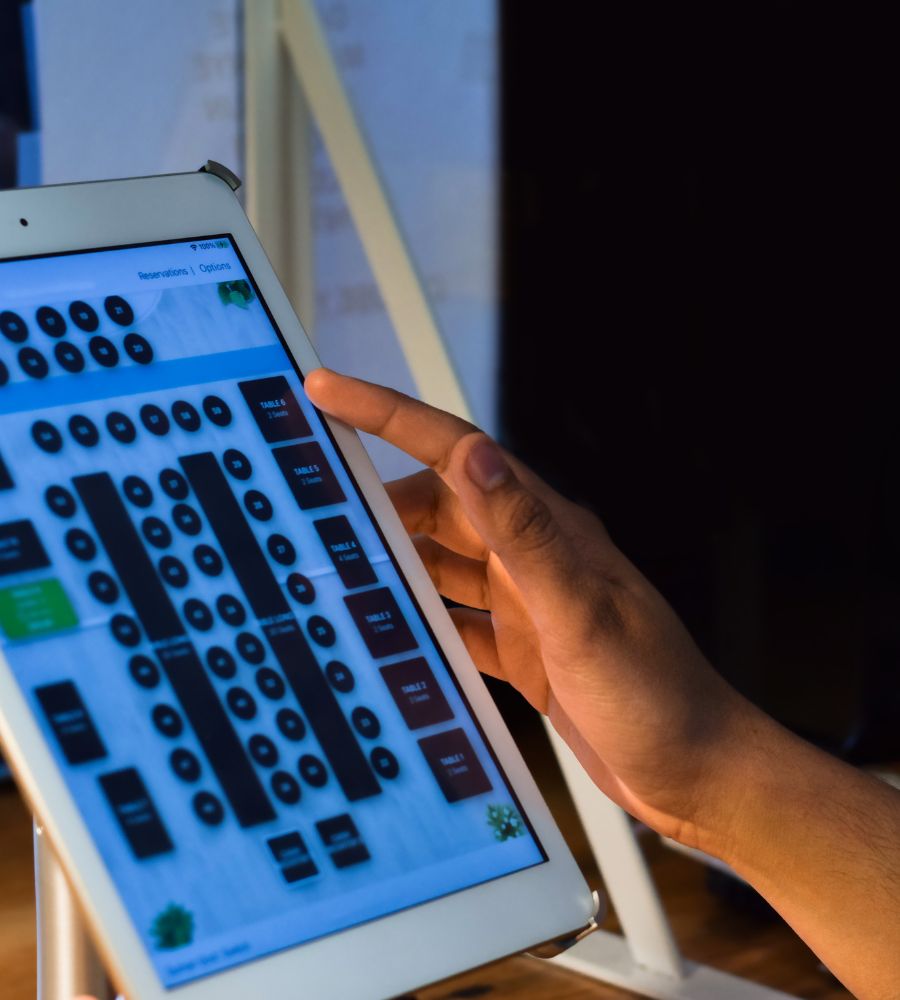In the first blog post, we explored the importance of adopting a business approach in laboratory operations. Building on that foundation, we now turn our attention to maximising efficiency, measuring progress, and how a digital solution LIMS helps to achieve these goals.

Maximising Efficiency
Whichever combination of ‘good’, ‘fast,’ or ‘cheap’ a lab opts to execute, it will make little progress if it lacks ways to reorganise resources to maximise efficiency. Some of the laboratories are an information intensive operation. Not only does the technology employed produce, enormous quantities of data, but all of that data needs to be tracked back to specific samples, associated with different projects, provided by certain. These complex connections and relationships cannot be held in someone’s head, or even in shared Google docs or spreadsheets.
Automating through software accomplishes several things in a lab. It streamlines workflows, and removes tedious tasks that humans hate doing – and that computers can do better. In most cases, instruments and supporting systems can be integrated to directly capture data and pass it on to the next stage of the workflow. Scientists can then spend time on the tasks for which they were trained: looking for trends in data, determining implications and forming new hypotheses, and communicating findings to peers in the scientific community.
Automation also provides a way to standardise processes. Instead of requiring scientists to reinvent procedures, automation, and preprogrammed scripts can help them with tasks. Such procedures can be reused time and again and even used as the basis for new workflows when new functionality comes along.
Measuring Progress and Adjusting Based on the Results

Critical way labs can differentiate themselves is in how they manage the information. It’s not just about getting ‘good’ information to customers. It’s using that information as a mirror to see what a lab is doing, how its staff is working, and how it could do things better in the future.
Information management is essential because it helps you focus on the things that set you apart. Even the most basic service industry restaurants use software to track tables and reservations. Because the software helps them provide a better customer experience, it ensures that people are seated and that food gets to the right table, freeing the staff to focus on food preparation and service. Besides them, your reputation for keeping things straight is crucial to success in laboratories.
Analysing and running reports over collected data enables labs to determine key performance metrics, such as how long it is taking to run certain projects, how many runs fail, what typical waste rates are, and how different staff members or instruments perform over time.
A Digital Solution to Achieve These Goals: Laboratory Information Management Systems (LIMS)
Laboratory information management systems (LIMS) are not just a nice to have tool, an essential element of running a successful lab. The most basic function of a LIMS is storing and tracking unwieldy data and making it searchable. This capability alone is highly valuable in labs that find it expedient and cost effective to pool samples into high-throughput runs.
In those workflows, where everything is mixed, you’ll never know if you’ve done something wrong until you send a customer the wrong data – and you cannot afford to make that type of mistake even once. On this volume of data, the only way you can guarantee you are getting things right is through a LIMS.

Out-of-the-box, the best LIMS map to common instrumentation workflows, enabling labs to immediately begin managing runs in the system. LIMS can also offer powerful application programming interfaces (APIs) built on familiar, standard scripting tools that lab staff can exploit to create lab specific workflows. By standardising workflows and integrating systems for seamless data transfer, LIMS virtually eliminates data entry errors. It just makes sense to use the LIMS for data capture as data entry is tedious, and people get bored and make mistakes, plus we are talking about tasks that people have to do over and over, work that is ideally suited for computers and software to manage.
Thanks to LIMS, lab scientists can focus on targeted, value-added applications rather than workflow management. That configurability, both within the standard interface of the LIMS and through APIs provides a framework that streamlines efforts to build out and extend the software.
Lastly, LIMS pulls together all sample information in a single location, it enables retroperspective interrogations that can help managers assess lab progress and performance. Built-in reporting tools can enable managers to rapidly prepare milestone reports for granting bodies, plan and schedule projects, track and measure instrumentation performance, and optimise workflows to increase capacity and throughput.
Transform your laboratory with a business mindset! Discover the benefits of efficiency, and streamlined workflows with our QLIMS. Schedule a demo or contact us today to learn more.
